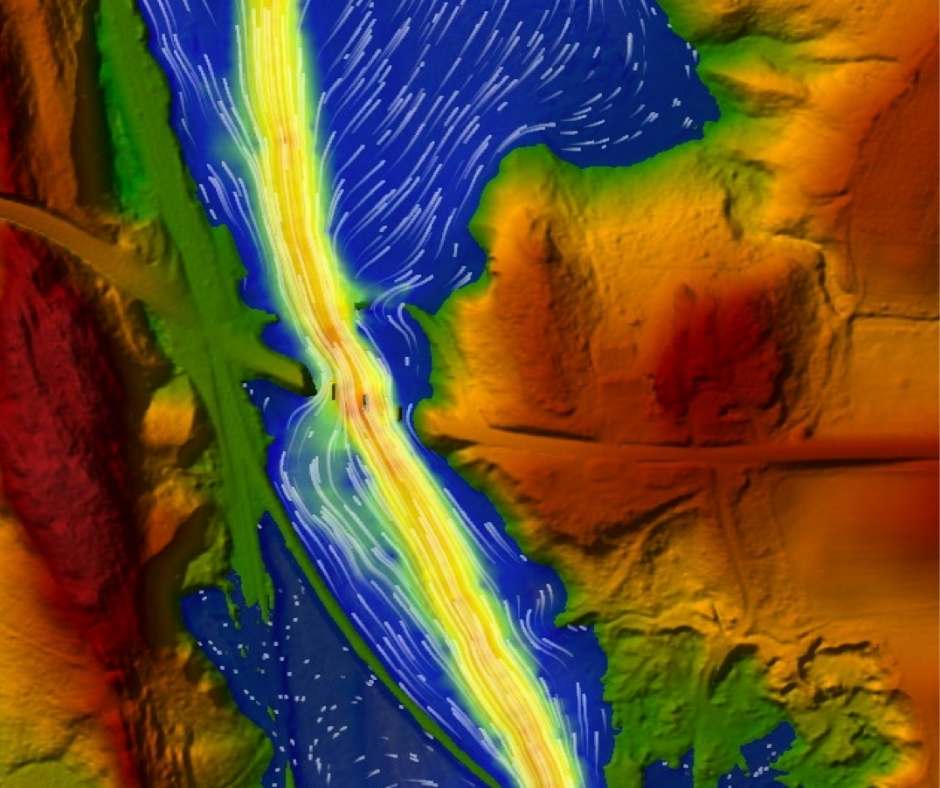
Project 4.04: Bridge-stream network assessment to identify sensitive structural, hydraulic
Bridge-Stream Network Assessment to Identify Sensitive Structural, Hydraulic and Landscape Parameters for Planning Flood Mitigation
Project 4.4
Project Summary
Bridge rehabilitation or new bridge design is often performed as needed for individual bridges without much consideration for how the change affects other bridges, properties, roads, etc. This is often a concern raised by stakeholders when they hear about planned changes in their river corridor. This project will develop an analysis method to understand how localized changes at a given bridge, stream or road affect the entire river corridor. This will help transportation agencies in managing their bridge and stream assets for maintenance and capital planning for upgrades, and also address stakeholder concerns raised in response to planned alterations.
